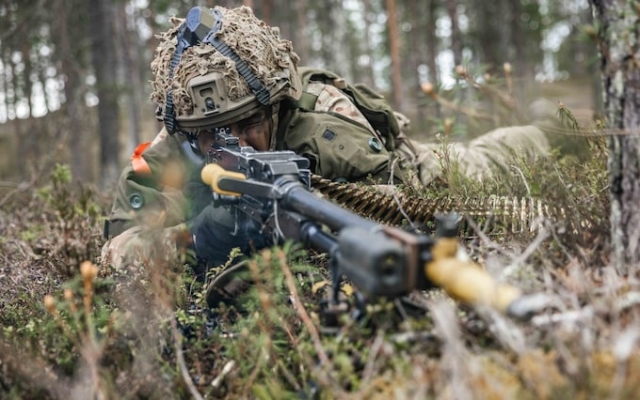 The government is being forced to increase military spending as geopolitical tensions escalate. Photo: Army
The government is being forced to increase military spending as geopolitical tensions escalate. Photo: Army
The UK is spending less of its national income on defense than when the Labor Party left office, a Conservative peer has admitted.
Defense spending as a percentage of GDP has fallen from 2.47 percent in 2010 year to 2.28 percent in 2023, Coun Minto said.
The UK is no closer to spending 2.5 percent of its GDP on defence, the government's current target, since the Labor Party was last in power in 2010, according to the defense secretary, who sits in the House of Lords.
This comes amid growing pressure on the government to increase military spending as geopolitical tensions escalate.
In response to a written question from Lord Rogan of the Ulster Unionist Party, the Earl of Minto cited figures related to 2010 on UK defense spending as a percentage of GDP.
Spending has risen from a low of 2.03 percent in 2015, but is still below the 2010 level.
Sir Keir Starmer last week promised that Labor would seek to increase defense spending to 2.5 per cent of GDP if he became prime minister — the first time he has given such a promise.
The Labor leader said his Party wanted to reach 2.5 percent «as soon as resources allow it.»
He added: «That was the position when Labor left government and we are absolutely committed to our NATO commitments.»
p>
This is in line with the government's existing target, but Rishi Sunak has not given a specific time frame for when and how it will be achieved.
John Healey, the shadow defense secretary, said the figures were «yet another example of how the Conservatives have failed our forces over the last 14 years.»
He added: «Tory ministers have devastated our armed forces.» , created a staffing crisis and cut the British Army to its smallest size since Napoleon, while wasting more than £15 billion on shoddy defense procurement.»
A Whitehall source said: «We have a defense plan and we pledged to reach 2.5 percent of GDP whenever possible. But Labor cannot be trusted to protect our country.
“Remember, Sir Keir Starmer was one of the members of the shadow cabinet who wanted to make Jeremy Corbyn, the man who wanted to abandon nuclear deterrence and destroy NATO, prime minister.”
In an article in The Telegraph earlier in This month, Defense Secretary Grant Shapps said “we have moved from the post-war world to the pre-war world.”
He said members of the NATO alliance “must do more to get their money's worth” and reaffirmed his commitment to increase spending to 2.5 percent and continue to “be a leader in the Alliance.”
But three former Tory defense ministers called for an even greater commitment to defense spending in the party manifesto — 3 percent.
Poland was the leader in defense spending, defense spending will be allocated in 2023 At 3.9 percent of GDP, it was more than double the previous year.
It was ahead of the United States, which spent 3.5 percent, roughly matching its 2023 defense spending. over the past decade.
A Defense spokesman said: “We have been clear that we need to spend more on defense in a more dangerous and controversial world.”
“That’s why the Government has achieved its biggest sustained increase in defense spending since the end of the Cold War: an increase of £24 billion in cash terms since 2020 and an additional £11 billion in last year's Spring Budget.
“ We have committed to increasing this share of defense spending to 2.5 percent of GDP when the economic situation allows.”




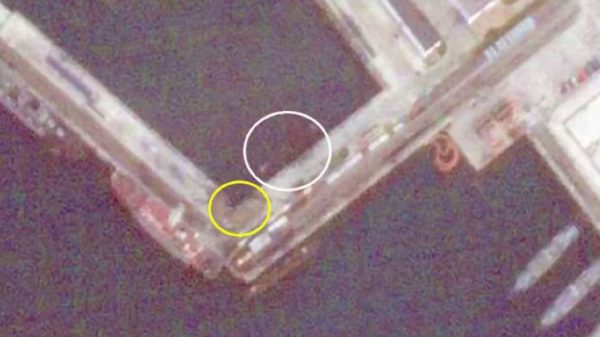
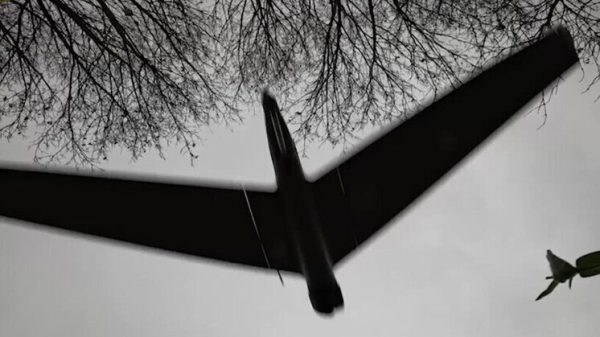



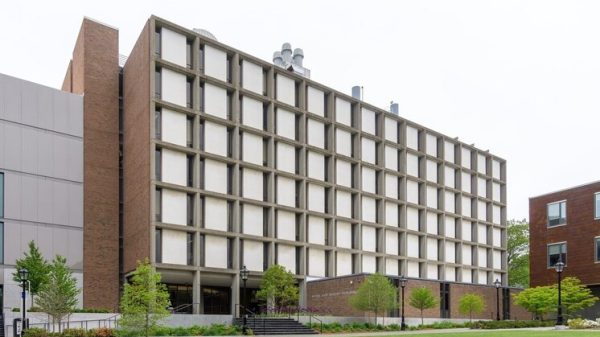

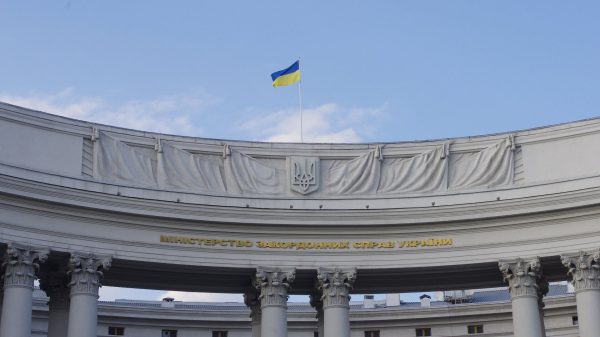
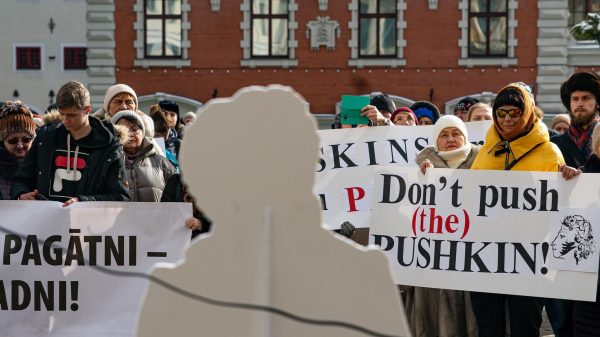
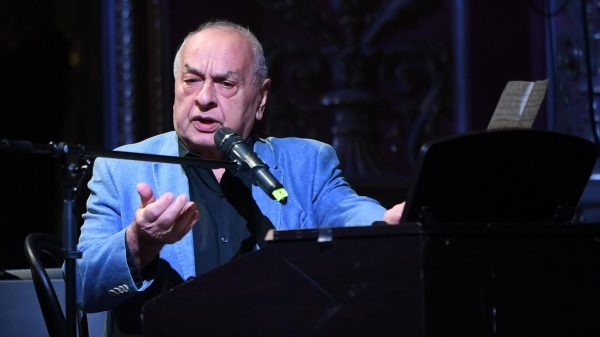
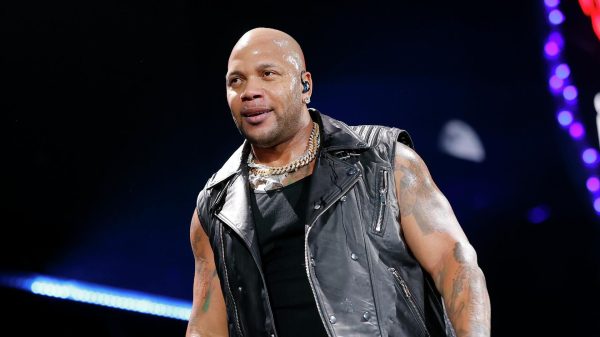
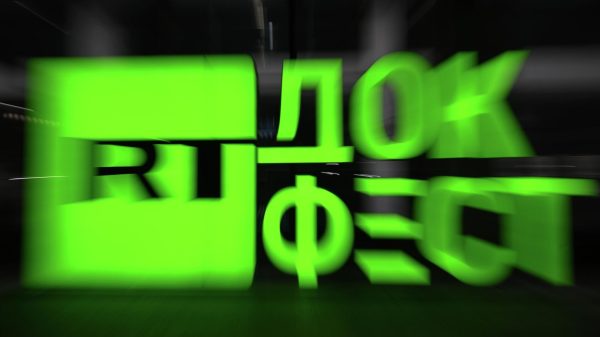




































Свежие комментарии